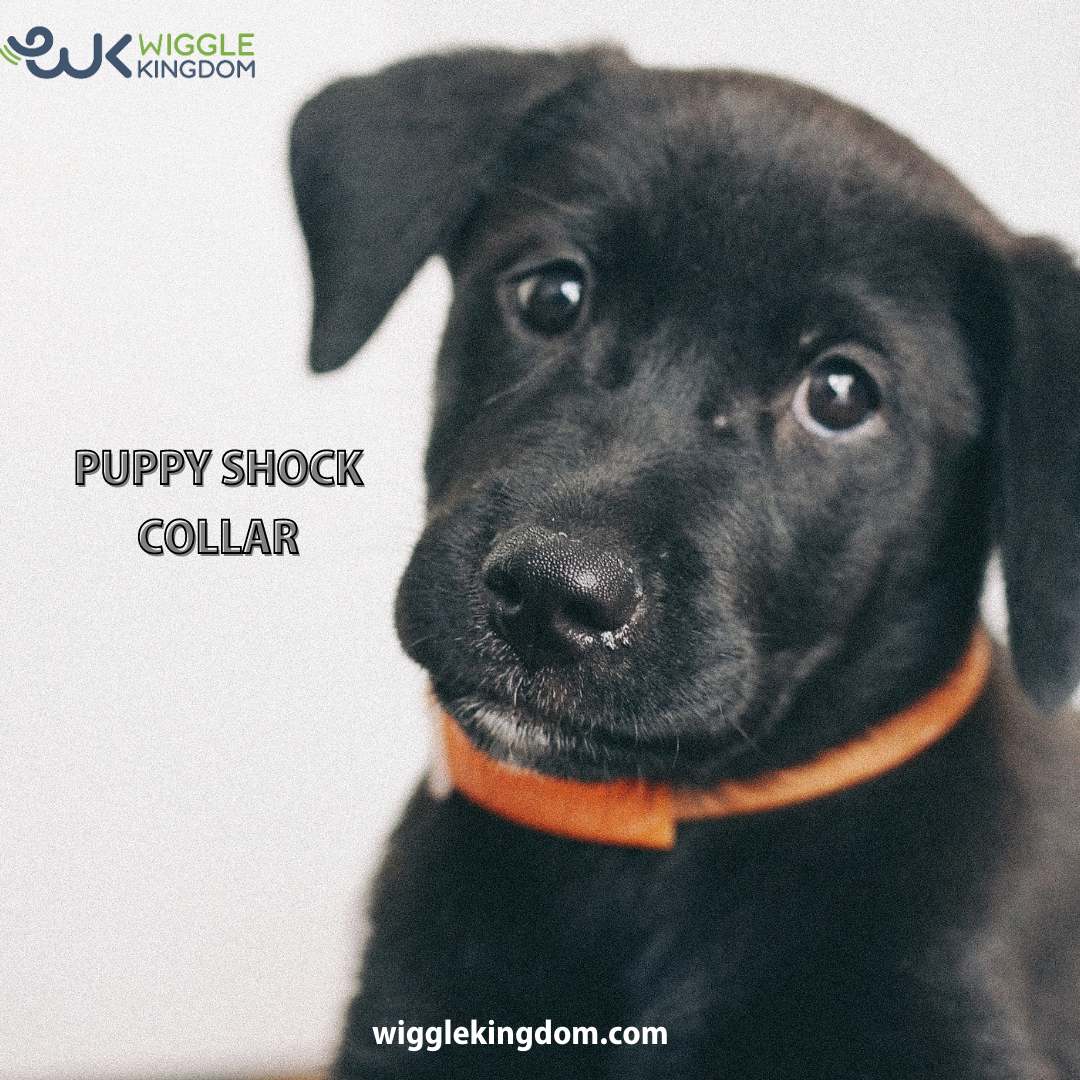Shock collars, which are also sometimes called e-collars or remote training collars, have been talked about by dog owners and trainers for a long time. These gadgets are designed to give a dog electronic stimulation, which is sometimes called a "shock," when the owner or teacher tells them to. Some people think they can help get rid of bad habits, but others are concerned about how they might hurt a dog's health.
Some people might not like it when people with shock collar for small dogs. On the one hand, they can help you control and change the behavior of a small dog. It is very important that you know how to use these tools correctly so that they don't hurt or stress out your pet.

How to Use a Shock Collar
The idea behind shock collars is called "negative reinforcement." When a dog does something bad, like barking too much, digging, or acting aggressively, the owner or trainer can set off the collar and give the dog mild electric shock. The dog connects this pain with the behavior that makes it uncomfortable, which creates a conditioned reaction that stops the bad behavior.
Modern shock collars have sets that can be changed so that owners can choose how strong the shock is. This means that they are good for small dog breeds. The stimulation is usually more shocking than painful; it's meant to scare the dog and get its attention, not hurt it.
Why shock collars are good for small dogs
Small dog owners can get a lot out of shock collars as long as they use them properly and follow the advice of a professional dog trainer. Here are some of the benefits:
Training That Works: Shock collars can help speed up training by giving the dog instant feedback. That helps small dogs a lot, since they might be more stubborn or easily sidetracked.
Control: Occasionally, small dogs may bark too much or act aggressively. For owners of these dogs, a shock collar can help control the behaviors so they don't get worse or become a problem.
Safety: If you use a shock collar the right way, it can make your dog safer. For instance, they can keep a small dog from getting into trouble when it's not on a chain.
Versatility: These devices can be used to teach dogs to obey basic commands or to deal with specific problems like pulling on the leash too much or jumping on guests.
Use that is responsible and takes ethics into account
Shock collars can be useful tools, but they should only be used with responsible teaching methods and ethical concerns in mind. People who own small dogs should know these things:
Talk to a Professional: It's best to talk to a professional dog trainer before putting a shock collar on your small dog. They can help you pick out the right collar, set the right level of strength, and learn how to use it correctly.
Be careful when using shock collars. They should only be used for teaching and never as a punishment. If you use or abuse your dog too much, it can become stressed, scared, or angry.
Various Other Ways to Train: Think about other ways to train your dog that don't involve shock bands. A lot of the time, positive feedback works better and is better for your small dog.
Keeping an eye on and judging: Watch how your dog reacts to the shock collar at all times. Stop using it right away if you see any signs of discomfort, fear, or strange behavior.
How to Choose the Best Shock Collar for Your Little Dog
A very important part of teaching your small dog is choosing the right shock collar for it. When picking out a collar, think about the following:
How big and heavy: Make sure the small shock collar fits your small dog's size and weight. There are types that are made just for small breeds.
Adjustability: Choose a collar with settings that can be changed so you can change how strong the vibration is. This lets you train your dog in a way that fits his wants.
Range: Think about the collar's range, especially if you want to train your dog off-leash or keep an eye on its behavior from far away.
Battery Life: Check the battery life to make sure it works for the amount of time you want to train, whether it's for short lessons or long ones.
Shock collars can be useful for teaching small dogs as long as they are used properly and with care. The important thing is to know what they're for, use them under the supervision of a professional, and always think about your dog's health. Shock collars can be used to train small dogs better while keeping them safe and happy, as long as they are trained correctly and in a humane way.
